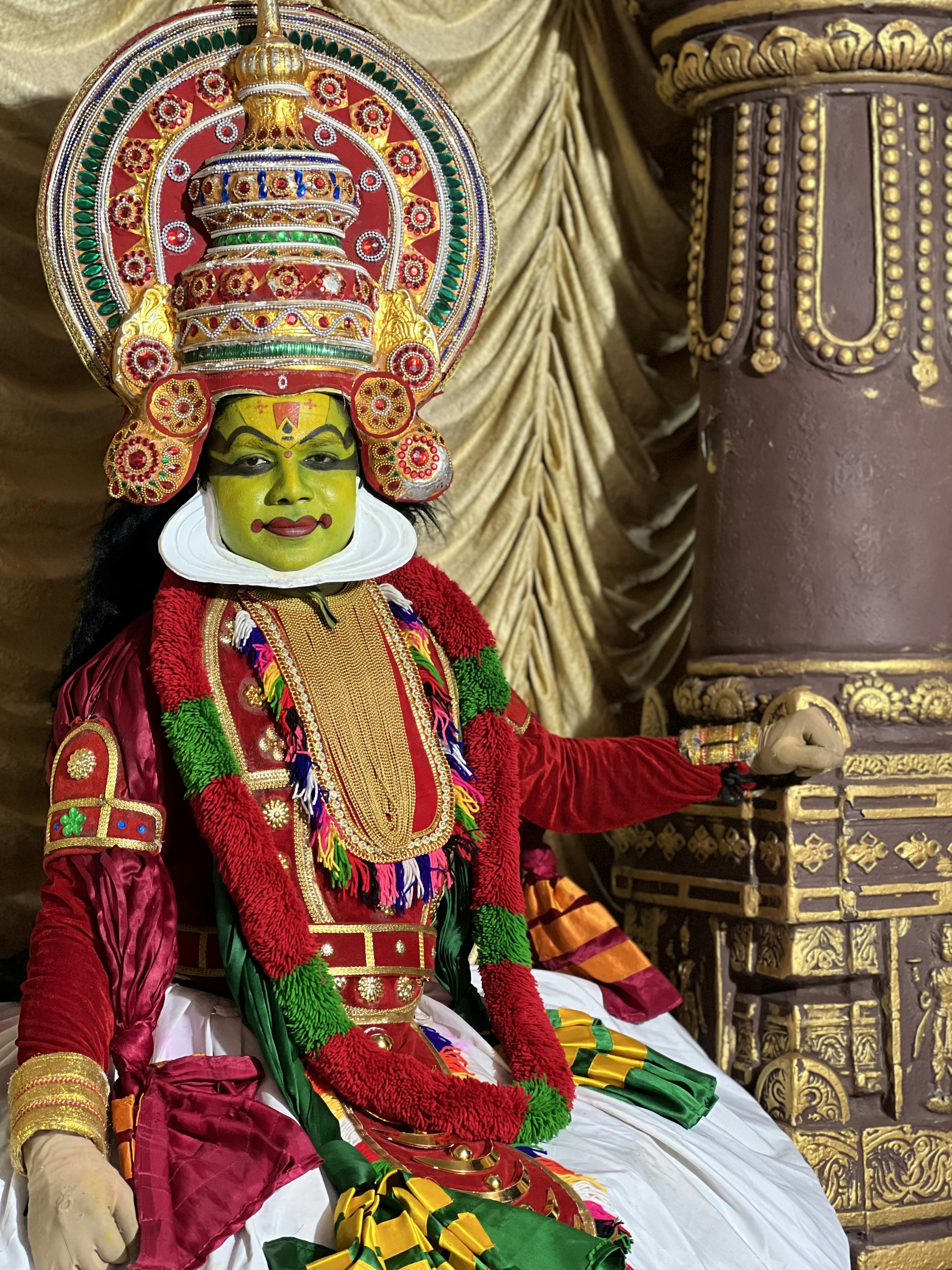
India is a land full of surprises. Its rich mix of cultures, beliefs, and customs makes it unlike anywhere else. From languages to festivals, India’s traditions are deeply rooted and fascinating. Exploring these unique traits helps us understand what makes India so special on the world stage.
1. The Diversity of Languages and Dialects in India
India is a multilingual country with a story to tell. It has 22 official languages and over 1,600 dialects. These languages shape local identities and tell stories of history. For example, Tamil dominates Tamil Nadu, Bengali is spoken in West Bengal, and Marathi in Maharashtra. Each language has its own script and literature, making India a mosaic of words. This variety influences art, music, and stories passed down through generations. No other country has such a diverse set of spoken words.
2. The Tradition of Arranged Marriages and Extended Family Living
In India, many marriages are arranged by families. Around 70% of Indians still choose this way. Families see marriage as a bond that ties communities together. Many also live in joint families, where grandparents, parents, and children share a home. This strengthens family ties and provides support. However, balancing multiple generations under one roof can be challenging. Sociologists say this setup keeps traditions alive and maintains social harmony.
3. Distinctive Religious and Spiritual Practices
India’s festivals are famous worldwide. Diwali, the Festival of Lights, celebrates good over evil. Holi, the Festival of Colors, marks the arrival of spring with vibrant powders. Navratri involves dancing and fasting to honor goddess Durga. Yoga and Ayurveda, India’s wellness practices, are now popular everywhere. They promote health through poses, meditation, and herbal remedies. India’s religious diversity shines. Different faiths often celebrate festivals together, showing unity in variety.
4. The Epicurean and Diverse Cuisine Culture
Indian food is famous for its flavors. Each region boasts its special dishes. Biryani from Hyderabad, dosas from South India, and Rasgulla from Bengal are just a few. Spices like cumin, turmeric, and cardamom help create bold flavors. Many Indians follow vegetarian diets or fast at certain times of the year. Food helps connect communities and preserves cultural stories. Sharing a meal is more than eating; it’s a tradition passed in families for generations.
5. Unique Clothing and Textiles
Traditional Indian clothes vary widely. Women wear sarees and lehengas, while men sport dhotis and kurtas. Turbans are worn in Rajasthan and Punjab. India’s textiles are world-famous. Handwoven fabrics like Banarasi silk and Kanjeevaram are treasures. Markets are full of colorful sarees and embroidery. Festivals like Kumbhkaran attract craft lovers from all over. Indian clothing is a blend of art, history, and cultural identity.
6. India’s Exceptional Wildlife and Biodiversity
India is home to stunning animals and plants. National parks like Jim Corbett and Kaziranga protect tigers and rhinoceros. The Sundarbans mangrove forest is the habitat of the Royal Bengal tiger. Many species, like the Indian peafowl, are found only here. Conservation projects like Project Tiger have helped save these animals. Yet, challenges like deforestation still threaten India’s wildlife. Standing in India’s parks shows nature’s incredible beauty and variety.
7. Traditional Indian Art and Craftsmanship
India’s art is vibrant. Madhubani paintings tell stories with bright colors. Warli murals depict village life. Tanjore paintings are rich with gold accents. Masks from Kerala and jewelry from Rajasthan showcase craftsmanship. Artisans use traditional tools to create these pieces. Handicrafts like pottery and woodwork are sold worldwide. They support local economies and keep ancient skills alive. Art is India’s way of sharing its unique stories.
8. The Significance of Indian Festivals and Rituals
Festivals are the heartbeat of Indian culture. Diwali lights up homes, while Onam celebrates harvests with boat races. Navratri’s dance traditions unite communities in Gujarat. Rituals like poojas are performed daily in many households. These events bring families together and strengthen bonds. They reflect India’s diverse beliefs and traditions. Festivals keep cultural traditions alive and create memories that last forever.
9. The Indian Entrepreneurial Spirit and Startup Ecosystem
India’s startup scene is booming. Companies like Flipkart, Paytm, and Zomato started small and grew big. Many entrepreneurs blend tradition with innovation. They find ways to serve local needs while embracing new ideas. Government programs like Make in India and Startup India support this growth. Indian entrepreneurs are driven, creative, and ambitious. They prove that tradition and modernity can go hand in hand.
10. The Spiritual and Mystical Heritage
India’s spiritual roots run deep. Schools of thought like Vedanta, Buddhism, Jainism, and Sikhism originated here. Cities like Varanasi and Rishikesh are hotspots for spiritual seekers. Sikhism’s Golden Temple in Amritsar is a symbol of peace. Many come for meditation retreats and spiritual healing. Indian spirituality influences wellness trends worldwide. Its teachings remind us that inner peace and mindfulness are treasures everyone can seek.
Conclusion
India’s uniqueness lies in its rich traditions, diverse cultures, and vibrant life. From languages to festivals, every aspect reflects its deep history and living culture. India keeps evolving but stays true to its roots. Its influence on the world continues to grow. Exploring India’s many facets reveals a land full of surprises. Dive deeper into its traditions, and you’ll find a world waiting to be discovered. Celebrate India’s spirit—an endless journey of wonder and tradition with our boutique travel agency Paylesstoursindia. We will take you on a tailor made tour according to your date of arrival, accommodation standard and number of people.